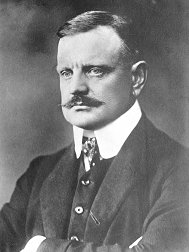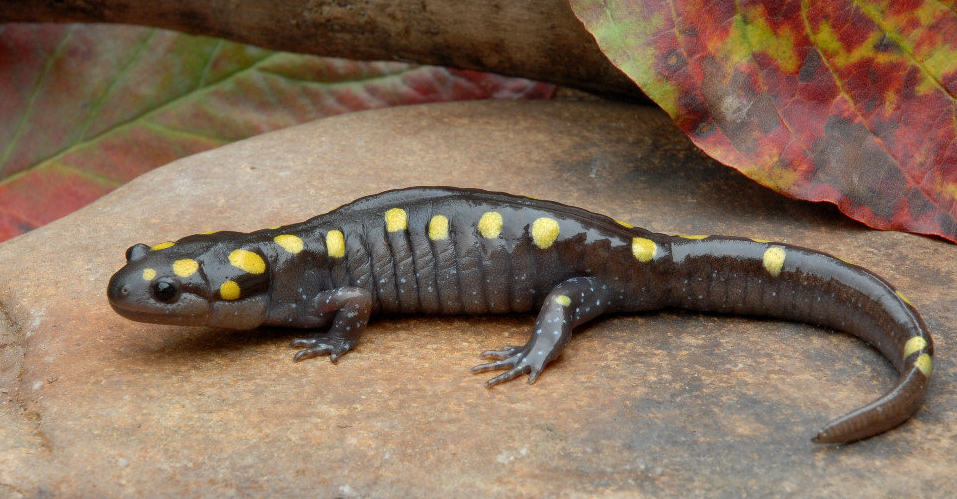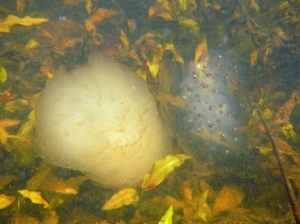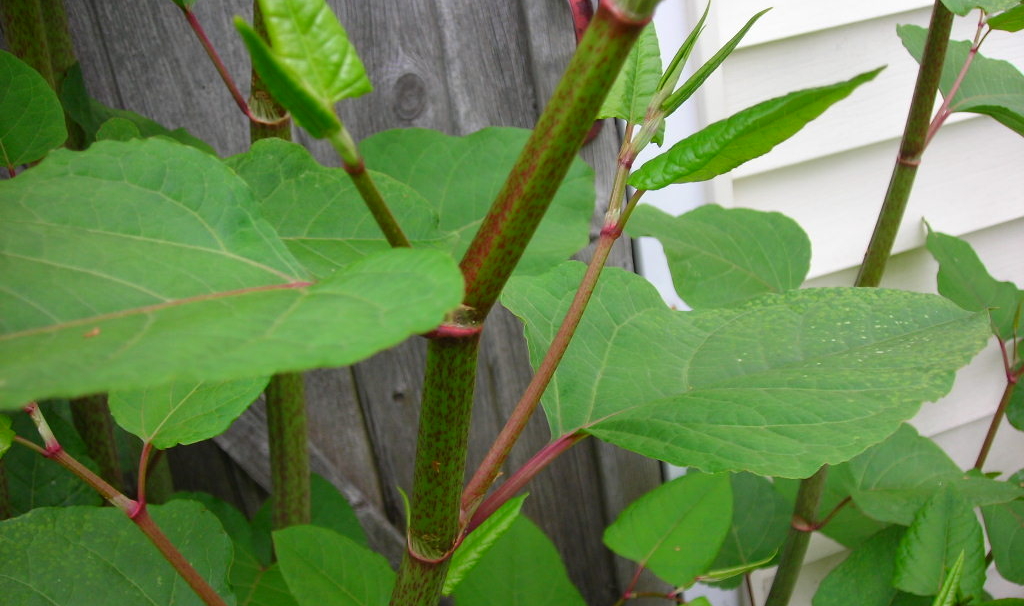I’m Just Curious: What were you doing?
 by Debbie Walker
by Debbie Walker
What were you doing Monday night at 5 p.m.? Well, Humpfree and I were getting our 2.8 minutes of fame on WABI.TV, 5 o’clock news; actually we were on at 5:08 p.m.
Humpfree, if I haven’t already told you, is a stuffed moose. We found him in a box at the thrift store. His head was sticking out. Since our theme for the classroom is Maine Animals, the stuffed moose Patsy found was perfect! Perfect, even better, when we noticed he is a bag. The rest is history, he became my pocketbook!
Humpfree has put smiles on an unbelievable number of faces, however, most important is the reactions of the kids at school. Sometimes they just run their hands over the soft fur. If they need to they can hug him. Sometimes Humpfree just makes the day go easier.
As I said we were at WABI. TV, what a treat. The people who run the news are just wonderful. Jim and Emily, and even the producer just wanted to help us be at ease.
Mary-Ann (my area supervisor) and I were being interviewed for the Foster Grandparent Program. It is through the Penquis office in Bangor. Mary-Ann is the project coordinator for the administrative office. Marsha and I (in our school) are “Professional Volunteers” (Sounds good, huh) And, no, we are not taking in foster children in our homes as a lot of folks believe when they see or hear this title Foster Grandparents Program.
Being a volunteer in a school is not something I saw myself doing at this point in my life. I too brought up my child and enjoyed my grandkids (still do!) but never thought I would willingly go into a classroom once my kids were out.
I can’t tell you how glad I am that I did. Yes, we are there to give attention to the children. I give them that extra reading time needed to increase their skill and confidence. I support whatever concept the teacher, Mrs. Cloonan, is teaching them.
Whatever attention you might think I give these children, you can’t imagine the love I get back. When I go in the mornings I volunteer I am greeted by an excitement for my just being there! It takes a little while for the excitement to quiet down a bit, but that’s okay because Mrs. Cloonan is glad to see me too!
We could talk about it but you would get the best information about becoming a FGP and the benefits (yes benefits!) by calling Mary Ann or Maria at Penquis, 1-800-215-4942 and ask for Foster Grandparent Program.
Recently a family friend passed away. He had all but lost his complete memory. I came across this saying that I would like to share with those who have lived a similar situation: “What the mind can’t remember the heart never forgets.” I thought it was beautiful.
As usual, I’M JUST CURIOUS if you might be a wonderful addition to any classroom. Contact me at dwdaffy@yahoo.com . Thank you for reading.








 by Marilyn Rogers-Bull & Percy
by Marilyn Rogers-Bull & Percy (NAPSI)—Even serious cases of heart valve disease can occur without symptoms or go unnoticed or be mistaken for other conditions because symptoms develop slowly.
(NAPSI)—Even serious cases of heart valve disease can occur without symptoms or go unnoticed or be mistaken for other conditions because symptoms develop slowly.




 Well, enough of that, WALLS. Now, with Mothers Day on May 13, it is time for all moms to give thanks for children. Yes, we moms have been blessed with our own and, recently, there has been much on TV for want-to-be parents! Wonderful for you and the children who become part of your families! I know I wrote about Lucetta Trafton Russell who I remember so well, as she became my step-grandma. I remember so well the families that used to drive into Grandpa and Lou’s dooryard with ‘many thanks’ for the children that Lou had brought up until timefor adoption. Also, my daughter, Lynn Rooney, has adopted a ‘very special needs’ young man. The adoption took place a long time ago, but this man is now 30 years old and he is so lucky to have a mom who has taught him so much. Yes, Lynn is comptroller for Richard Carrier Trucking, but he has wonderful caregivers and, when I was at RFGH, D.J. and his caregiver, Larry, visited me. Yes, I am a proud mom and grandma and great-grandma and I think all of those grandkids and greats will celebrate at Lynn and Chuck’s house on May 12. WALLS, you also know that our great, Reese Paine, will tap in her recital at Skowhegan’s Opera
Well, enough of that, WALLS. Now, with Mothers Day on May 13, it is time for all moms to give thanks for children. Yes, we moms have been blessed with our own and, recently, there has been much on TV for want-to-be parents! Wonderful for you and the children who become part of your families! I know I wrote about Lucetta Trafton Russell who I remember so well, as she became my step-grandma. I remember so well the families that used to drive into Grandpa and Lou’s dooryard with ‘many thanks’ for the children that Lou had brought up until timefor adoption. Also, my daughter, Lynn Rooney, has adopted a ‘very special needs’ young man. The adoption took place a long time ago, but this man is now 30 years old and he is so lucky to have a mom who has taught him so much. Yes, Lynn is comptroller for Richard Carrier Trucking, but he has wonderful caregivers and, when I was at RFGH, D.J. and his caregiver, Larry, visited me. Yes, I am a proud mom and grandma and great-grandma and I think all of those grandkids and greats will celebrate at Lynn and Chuck’s house on May 12. WALLS, you also know that our great, Reese Paine, will tap in her recital at Skowhegan’s Opera

